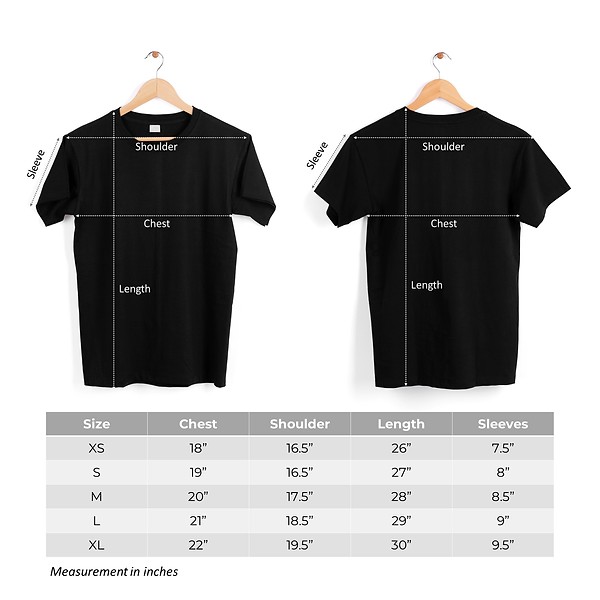-
Run away from Cancer
Cancer. The curse of the modern age. The deadly disease that claims the lives of millions worldwide. Cancers of the colon, the breast, the lung, and the rectum are some of the most common. Getting diagnosed with one of these affections is tantamount to a death sentence. Here is the good news. Regular exercise reduces the risks of many types of cancer, including some of those above, according to a review of 170 epidemiological studies published in the Journal of Nutrition.
-
Dodge Heart Disease
Cardiovascular exercise, again especially running, can help boost your heart’s health and strengthen your heart muscles, which does your blood pressure good, according to the American Heart Association (AHA). 150 minutes of brisk physical exercise per week is enough to keep blood pressure in the healthy range, the same organization revealed on their website.
And it’s not just the AHA that says so. Plenty of research has reached similar conclusions, revealing that regular exercise reduces the risk of blood pressure, increases good cholesterol (HDL) levels, lowers bad cholesterol (LDL) levels, increases your heart’s working capacity, and improves blood flow—all essential factors in the prevention of heart disease.
-
Runners Suffer From Fewer Disabilities And Live Longer
Running slows the aging clock, research conducted at the Stanford University School of Medicine has revealed. The researchers tracked 538 runners and 423 healthy non-runners for 21 years. Virtually all subjects were aged 50 and over and were asked to take a health and disability assessment each year.
The test measured the ability to perform mundane tasks like walking, opening a milk carton, getting out of a chair, cutting meat, etc. Older runners reported fewer disabilities and were half as likely as non-runners to die prematurely than their non-running peers.
-
Outdo Obesity
Obesity is the main culprits behind type II diabetes. According to this study, shedding roughly 5 to 7 percent of body weight can reduce the frequency of the condition by 58 percent.
-
Fortify Your Bones
Osteoporosis is a serious public health problem that affects 200 million people worldwide, with roughly 40 million in the United States alone, according to the National Institute of Health.
Standing “porous bones,” this condition features weak and easily broken bones, especially in the hips, spine, wrists, and shoulders. The crippling disease occurs when the body loses too much bone density, makes too little of it, or both.
In a study published in the European Journal of Applied Physiology, a team of researchers examined the bone density of 122 marathon runners, as well as 81 half-marathon and 10K race athletes.
Then, after undergoing an ultrasonography assessment of the right and left calcaneus; the researchers compared the athletes’ bones with those of 75 sedentary individuals.
The runners’ group had a much healthier bone density than the sedentary group. Not only that, but the scans also showed that half-marathon and marathon runners had better bone density than shorter-distance athletes.

Number of Views: 2


